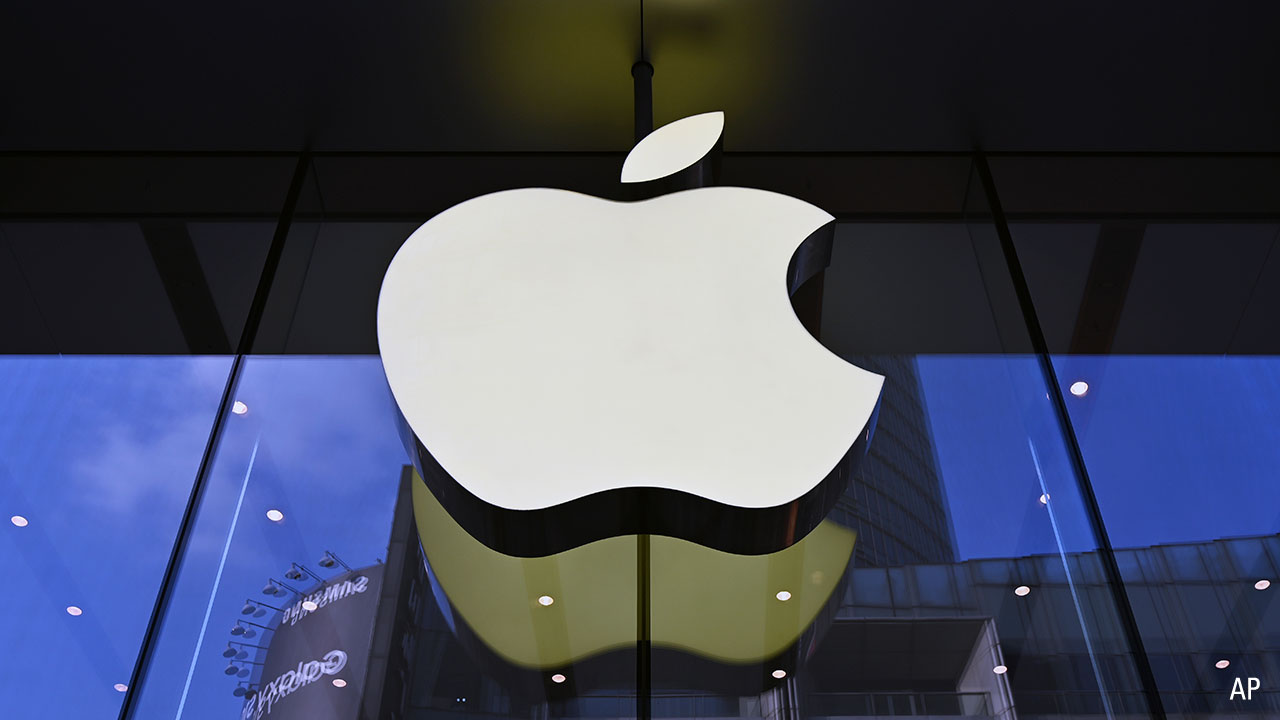
Even if you don’t hold any technology stocks or tech-sector funds, your portfolio might be more tech-heavy than you think. The sector now accounts for 24.2 per cent of the S&P 500.
Communication services, which is home to tech-oriented leaders such as Alphabet (GOOGL), Facebook (FB), and Twitter (TWTR), made up another 11 per cent of the benchmark as of 31 October 2020.
Tech leaders have dominated returns for the index for seven years running; as a result, the largest companies in the index are all big tech names, including Apple (AAPL), Microsoft (MSFT), Amazon.com (AMZN), and Facebook. (Amazon is officially part of the consumer cyclical sector, but obviously tech-related.) Those five companies alone now account for about 23 per cent of the index’s value.
Because the S&P 500 is such a widely used benchmark, thousands of index funds, exchange-traded funds, and actively managed funds also have large amounts of exposure to the tech sector. While there are good reasons behind tech’s growing dominance, it also warrants a bit of caution. In this article, I’ll delve into what’s been driving the surge in tech stocks, why this is potentially problematic for investors, and how to adjust your portfolio to mitigate the risk.
The Rising Tide
Over the past 31 years, the tech sector’s weighting has nearly tripled as a percentage of the S&P 500. Over that period, the weighting has been as low as 6.3 per cent (at the end of 1992) and as high as 33.0 per cent (in August 2000). The high-water mark in 2000, of course, marked the beginning of the end of the tech bubble, when hundreds of Internet startups with inflated valuations quickly dropped down to earth. More established tech names held up better but also experienced significant drops. Between 2000 and the end of 2003, Morningstar’s US Technology Index lost more than 70 per cent of its value in cumulative terms.

Since then, the sector has steadily climbed, suffering only a temporary drop during the fourth quarter of 2018’s market jitters. Tech stocks even held up better than average when the novel coronavirus roiled the market in March 2020. More recently, some market pundits have even gone so far as to describe technology as a safe haven.
No Worries?
The size of any sector’s weighting in itself doesn’t necessarily mean a correction is imminent. Market valuations represent the collective wisdom of market participants about the underlying value of each company. As the nature of the economy evolves, so do the relative weightings of each sector. If we look back in time to the 1800s, agriculture made up more than a third of all economic output in the United States, gradually dropping to about 20 per cent by the year 1900. Similarly, railroads made up about two thirds of the stocks included in the S&P 500 Composite Index in the 1870s but made up only a small fraction of all holdings included when the S&P 500 was launched in 1957, with the remainder made up of industrials and utilities stocks.
Many of the more recent shifts in sector weightings also reflect changes in the nature of the economy. We can look at sector weightings going back to September 1989 (the earliest date for Morningstar’s sector data) to see how the overall makeup of “the market” has shifted over time. Over the past 31 years, old-economy sectors, such as basic materials, energy, consumer goods, and industrials, have all declined, while technology, healthcare, communication services, and financial services have increased in percentage terms.

To a large extent, these changes reflect the underlying economic contributions of each company. If we aggregate all of the financial statements for the companies included in the S&P 500, for example, the tech sector accounts for a large percentage of the total revenue, operating income, and free cash flow generated over the past 12 months. Those are all key inputs that help drive the underlying value of a company.
What’s more, equity values are forward-looking, so the large tech weighting also reflects the expectation that companies in the sector will continue generating above-average growth. Indeed, the median five-year earnings growth estimates from Wall Street analysts are higher for companies in the tech sector than nearly any other sector. The positive trends driving technological growth show no signs of stopping. Some of these include the acceleration of digital tools in all aspects of life, 5G mobile network standards, and productivity-enhancing technologies like artificial intelligence and robotic automation.
Potential Danger Signs
But even if tech lives up to its high growth expectations, are the assumptions baked into current stock prices too high?
Morningstar’s equity analysts calculate fair value estimates for individual stocks under analyst coverage, with the values based on detailed models of projected future cash flows (discounted to present value). On that basis, tech-stock valuations look a bit steep. As of 12 November 2020, the median tech stock in our coverage universe was trading at a price/fair value ratio of 1.12. That’s down a bit from a recent peak in October 2020, but still relatively rich.

Other valuation metrics also look relatively lofty compared with historical levels, as shown in the chart below. Average ratios for price/earnings, price/book, price/cash flow, and price/sales have all been on an upward trend over the past several years. Three of these four metrics now stand higher than they did at the end of 2000. Morningstar’s historical data for price/free cash flow doesn’t start until 2009, but that metric is also well above past levels.

Portfolio Tweaks for Tech-wary Investors
None of this data is a flashing red light suggesting that investors should bail out on tech stocks. But I think there’s enough evidence to warrant some caution.
A logical first step is to figure out exactly how exposed you are to the sector. In addition to hefty weightings in most market indexes, any individual stock holdings you own may have ballooned to surprising levels. Because I own shares in stocks like Microsoft, Apple, and Electronic Arts (EA), my own portfolio suffers from this exact problem. Making matters worse, many of these holdings have large unrealised gains, making the prospect of selling pretty unappetising.
One way to dial back tech exposure is to consider adding positions in other areas as a counterweight. Many broad-based international equity funds have significantly lower weightings in tech stocks and also offer broader diversification benefits. Adding assets to a value-oriented fund is another way to counterbalance the tech-oriented growth stocks that have dominated the market in recent years. Finally, consider adding a small stake in sectors that have historically had lower correlations with the tech sector, such as energy, utilities, and real estate.
Conclusion
The increasing weight of tech stocks in most market benchmarks largely reflects the sector’s strong fundamentals and ability to create economic value. There’s no reason to believe those factors will reverse course. And it doesn’t look like we’re repeating the excesses that led up to the tech bubble in 1999 and 2000: irrational exuberance about the current value of future profits and overly generous funding for startups and IPOs. Even so, investors might want to consider adding a bit of counterweight to tech-heavy portfolios.
Passionate about Investing in New Ideas?
Explore the latest Global Thematic Fund Landscape report here























